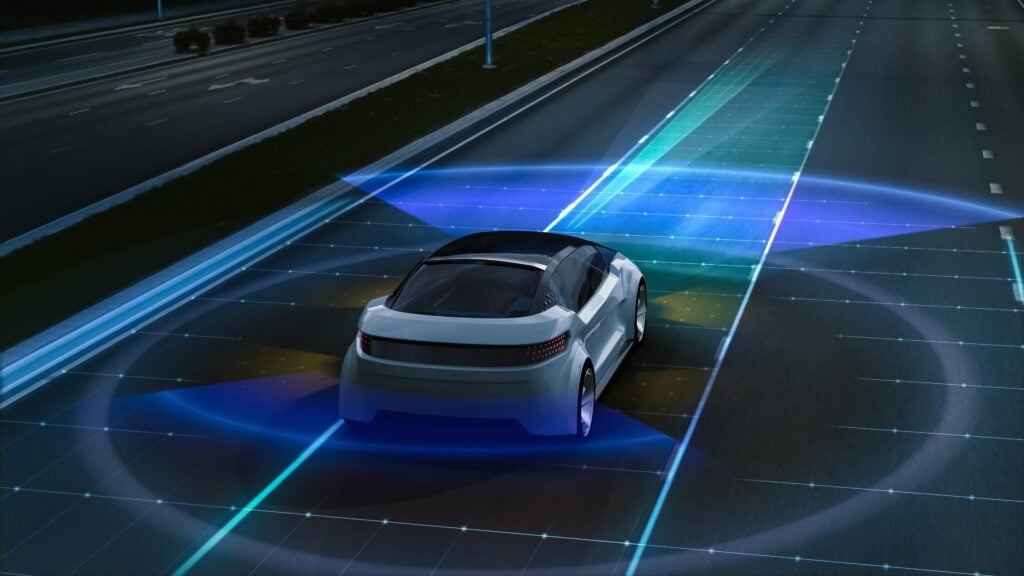Self-driving technology stands poised to transform transportation more profoundly than any innovation since the original automobile. While fully autonomous vehicles might seem like science fiction, the technology continues advancing rapidly, with various levels of automation already operating on public roads. Understanding this evolution helps prepare for the changes ahead while maintaining realistic expectations about implementation timelines.
Breaking Down Autonomy Levels
Automotive engineers and safety regulators define vehicle automation through six distinct levels, ranging from zero to full automation. While marketing materials often blur these distinctions, understanding the specific capabilities and limitations of each level proves crucial for setting appropriate expectations. Currently, most advanced consumer vehicles operate at Level 2, providing partial automation while requiring constant driver attention.
Current Technology Landscape
Today’s autonomous vehicle development focuses on refining sensor technology, improving artificial intelligence decision-making, and enhancing safety systems. Advanced driver assistance features like adaptive cruise control and lane-keeping assistance represent building blocks toward fuller automation. These systems help both developers and consumers understand how humans interact with automated driving features.

Sensor Technology Evolution
Modern autonomous vehicles rely on multiple sensor types working together. Light Detection and Ranging (LIDAR) systems provide detailed three-dimensional mapping of surroundings. Radar systems excel at detecting object speeds and operating in poor weather conditions. Computer vision through high-resolution cameras helps identify objects and read road signs. Each technology offers specific strengths while compensating for others’ weaknesses.
Artificial Intelligence Advancement
Machine learning algorithms form the core of autonomous vehicle decision-making. These systems process massive amounts of real-world driving data to improve their understanding of complex traffic situations. Unlike traditional programming, these systems learn from experience, continuously improving their ability to handle unusual situations and edge cases.
Safety Considerations
Safety remains paramount in autonomous vehicle development. While self-driving technology promises to reduce accidents caused by human error, establishing appropriate safety standards and testing protocols proves crucial. Developers must demonstrate system reliability across countless scenarios before achieving widespread deployment approval.
Infrastructure Requirements
Successful autonomous vehicle deployment requires more than just vehicle technology. Smart infrastructure including enhanced road markings, updated traffic signals, and high-speed data networks helps support safe autonomous operation. Some developers advocate for dedicated autonomous vehicle lanes during early deployment phases.
Regulatory Framework Development
Government agencies worldwide continue developing regulatory frameworks for autonomous vehicle testing and deployment. These regulations must balance safety concerns with innovation promotion while addressing complex liability questions. Different jurisdictions take varying approaches, creating challenges for manufacturers developing vehicles for global markets.
Weather and Environmental Challenges
Environmental conditions significantly impact autonomous vehicle operation. Snow can obscure road markings and affect sensor operation. Heavy rain challenges both sensors and traction control systems. Developers continue working to improve system performance across all weather conditions, though some limitations may persist.
Urban vs Rural Implementation
Dense urban environments present different autonomous driving challenges compared to rural areas. Cities offer more detailed mapping data and infrastructure support but require handling more complex traffic situations. Rural areas present fewer interactions but often lack detailed mapping and infrastructure support. These differences influence deployment strategies and timeline expectations.
Human Factor Considerations
Successfully integrating autonomous vehicles requires understanding human psychology and behavior. Systems must communicate clearly with both occupants and other road users. Driver monitoring ensures appropriate attention during partial automation, while clear handoff protocols manage transitions between automated and manual control.
Economic Impact Assessment
Widespread autonomous vehicle adoption could significantly impact various economic sectors. Traditional automotive manufacturing, insurance, and transportation services face potential disruption. New business models around autonomous mobility services continue emerging, while supporting industries like specialized maintenance and data services develop.
Privacy and Security Concerns
Autonomous vehicles generate massive amounts of data about vehicle operation and occupant behavior. Protecting this information while maintaining system security presents ongoing challenges. Cybersecurity measures must prevent both direct vehicle control interference and unauthorized data access.
Timeline Expectations
While fully autonomous vehicles operating without human oversight remain years away from widespread deployment, incremental automation continues expanding. Understanding realistic development and deployment timelines helps individuals and organizations prepare appropriately while avoiding unrealistic expectations.
Consumer Adoption Factors
Public acceptance of autonomous technology varies significantly. Safety concerns, control preferences, and cost considerations influence adoption willingness. Clear communication about system capabilities and limitations helps build trust while managing expectations appropriately.
Insurance and Liability Evolution
Insurance models continue evolving to address autonomous vehicle operation. Questions about liability distribution between manufacturers, software providers, and vehicle operators require resolution. New insurance products specifically addressing autonomous vehicle operation continue developing.
Professional Driver Impact
Autonomous technology development significantly affects professional driving occupations. While complete displacement remains distant, drivers increasingly work alongside automated systems. Understanding this evolution helps professionals prepare for changing job requirements and new opportunities.
Mobile Network Integration
Fifth-generation (5G) mobile networks provide crucial infrastructure for autonomous vehicle operation. High-speed, low-latency connections enable real-time data sharing between vehicles and infrastructure. Network coverage and reliability significantly influence autonomous system capabilities.
Environmental Implications
Autonomous vehicles could significantly impact environmental sustainability. Optimized routing and driving patterns might reduce emissions, while shared autonomous vehicles could reduce total vehicle production needs. However, increased vehicle accessibility might increase overall miles traveled.
Future Development Focus
Current development efforts focus on improving sensor reliability, enhancing artificial intelligence capabilities, and refining human-machine interfaces. Standardization efforts continue across manufacturers, while cost reduction initiatives aim to make technology more accessible. Safety validation remains a crucial focus across all development areas.
The path toward fully autonomous vehicles continues evolving, with technology advancement occurring alongside regulatory development and public acceptance growth. Understanding this complex landscape helps individuals and organizations prepare effectively while maintaining realistic expectations about implementation timelines and capabilities.
















Add Comment